HD-Audio Recording of the Week
I’m a guitar player…or at least I was a guitar player when I was growing up. In fact, I dropped out of college and moved to California to pursue my dream of being a professional musician. It didn’t happen as I planned but thankfully I have made my living these past 40 years in the music industry doing something that I dearly love…recording music and running my own studio/label.But I’m partial to guitar players because I understand the instrument.
Laurence Juber is one of the finest finger style guitar players in the world. During the early 80s, he was a member of Paul McCartney’s band Wings and has participated in a variety of high profile concerts over the years. He has topped the Guitar Player magazine readers poll five times in that category. In 2002, he participated as a guest artist on one of our other projects (the Dorian Michael – Acoustic Blues DVD-Audio/Video), which led to this project some months later. Laurence, or “LJ” as he is known to his circle of friends, usually performs as a soloist. On this occasion he included Domenic Genova on acoustic bass and Steve Forman on percussion. With the support of two additional musicians, LJ was able to extend his improvisations.
Laurence Juber “LJ” during the recording session of “Guitar Noir”
The album is entitled “Guitar Noir” and contains 14 tracks. One of the featured tracks is “Strawberry Fields Forever”, which is an amazing arrangement of the famous Beatles tune in DADGAD tuning. The other tracks are: Guitar Noir, Mosaic, Leaning Post, My My My, Rules Of The Road, Blues DeLuxe, Dancing On Streams, In Your Arms, Stolen Glances, Liquid Amber, Night_Hawk, Benny’s Bounce, Strawberry Fields Forever and Cannery Row.
Right about now, you might well be wondering what makes this HD-Audio album so special. If so, the answer is plenty – it is an AIX recording – normally something to be reckoned with. If you’ve never experienced HD-Audio before, now is the time to start. It’s easy to become a HD-Audio music junkie with recordings and music this good. This is about as good as music reproduction can get. Highly recommended. Richard Hardbattle – Reviewer
The sound on this album established it as a true reference recording and it is especially cherished by fans of acoustic finger style guitar. LJ plays without picks, instead choosing to use the flesh of his fingers. The sound is warm and is perfectly complemented on the law end by Domenic’s bass. However, it is the extended high frequency material provided by percussionist Steve Forman that makes this the reference disc that it is. He plays sparingly but when he does add to the musical texture it accentuates the formal or structural divisions in the selections. In “Mosaic” for example, he drags his fingers along a custom made set of wind chimes that sparkle unlike anything I’ve ever recorded previously. the individual elements of the wind chimes are the tuning pins taken from a junked piano. It’s absolutely magical.
The spectragraph below show the amount of high frequency information present in the recording. There is lots of “ultrasonic” sound coming from this trio. You might ask does it really make a difference if human hearing is only capable of hearing from 20-20kHz? Well, I believe that it does make a difference. There has been some research that indicates that humans are capable of discerning the difference between a band limited recording and one that includes these ultrasonic frequencies. Perhaps. But what I want to achieve with my recordings is complete fidelity to the actual live event. And that means that if these frequencies were present in the room during the session, then I want them to be present in the playback. It’s about maintaining the sonic integrity of the original. It may require a post production signal path that extends to 100 kHz and speakers with better high end response. But if that’s what it takes to get that additional octave, then so be it. I’ve included the entire “Mosaic” tune on the FTP for you to review.
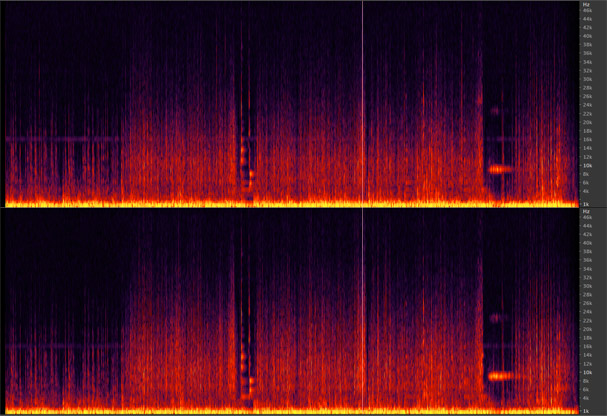
Spectragraph of Mosaic showing high frequency extension to 48 kHz.
The bandwidth of the entire album is show below. You can see that there is a smooth extension of high frequency material. The red trace is the bandwidth for the entire album and the light green line is a momentary frequency analysis.
Bandwidth of the Guitar Noir Album
“Guitar Noir” is a fantastic recording by one of the best finger style guitarists. The music is intelligent, complex and harmonically varied. LJ takes great advantage of alternate tunings and delivers a recording that has been given many awards including the “Demmy” award in 2002 by the Consumer Electronics Association and the top slot in DVD magazine’s list of the “Best High Definition Music Albums”. Give it a listen and you’ll realize why a real HD-Audio track recorded in PCM delivers on the promise of great fidelity.

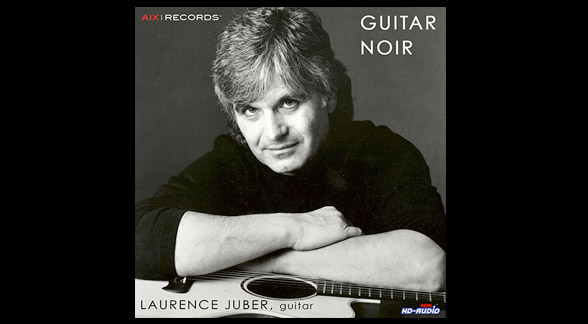
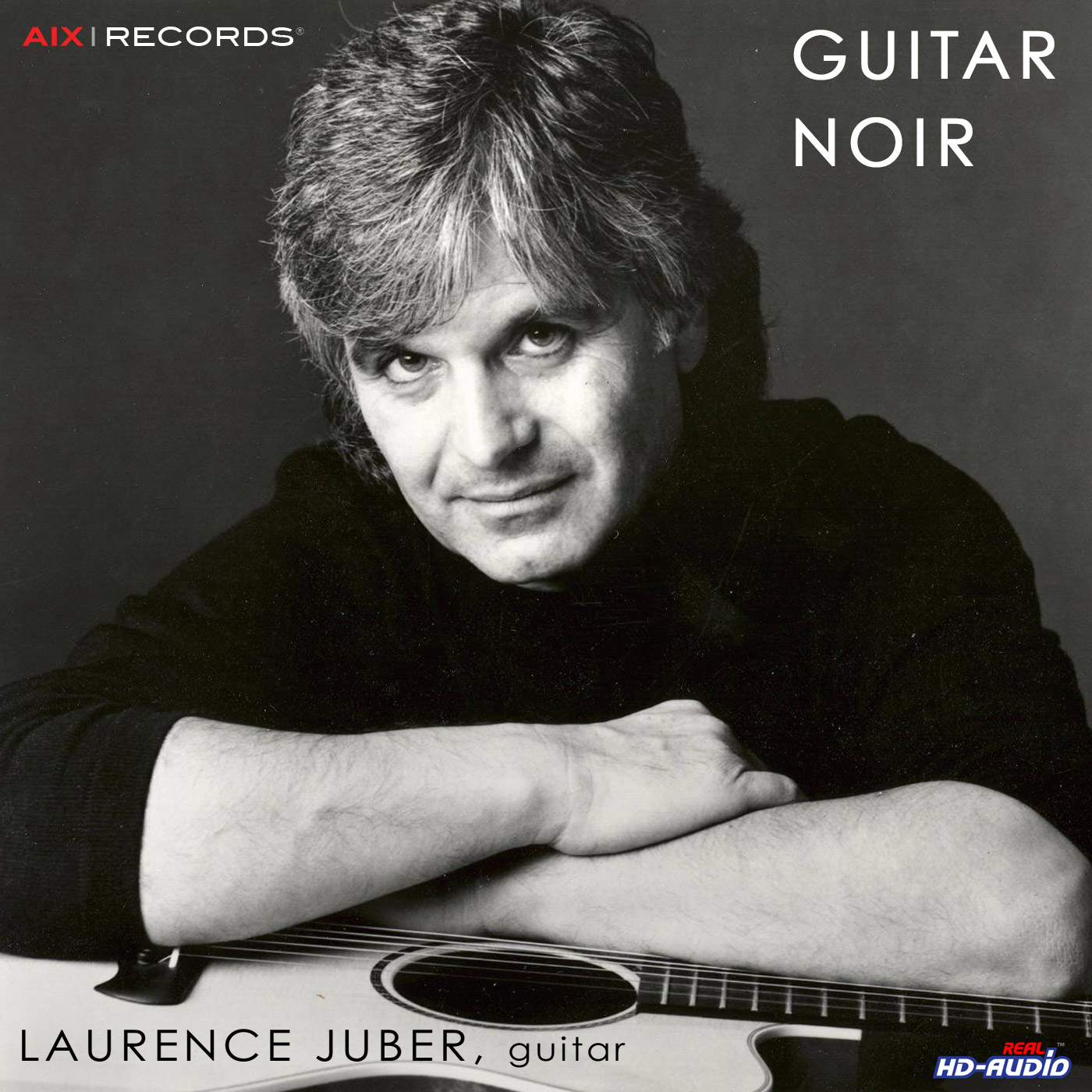
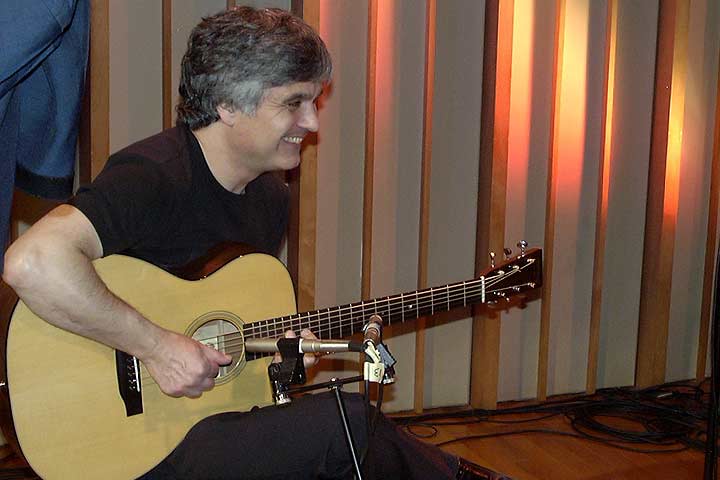
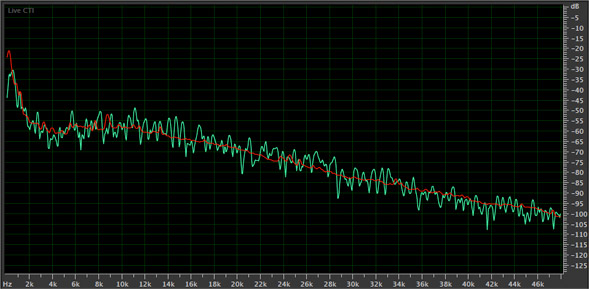
” There has been some research that indicates that humans are capable of discerning the difference between a band limited recording and one that includes these ultrasonic frequencies. ”
Not to the best of my knowledge. Koch quotes Oohashi (without crediting him), but several serious attempts to verify that his experiment is applicable to “discerning the difference between a band limited recording and one that includes these ultrasonic frequencies” have all failed.
Is there any other evidence? Because at the moment, 20-20kHz is the only safe bet IMHO, regarding human hearing. I would be happier to justify 96kHz sampling rates for playback on the basis of having a handy 1+ octave safety margin, and getting the 20-20kHz region exactly right, and not to say we need it because we can hear up there.
chers
Grant, I haven’t done any rigorous testing myself and I doubt that current methodologies would be able to get a statistically valid outcome to prove that ultrasonics can be “heard”. I did find it strange that Andreas touts the extended frequency range of DSD in one statement and then acknowledges that you have to roll off all of the ultrasonics because of the noise shaping.
On the anecdotal side of this debate. I have worked in my studio all day on a CD master at a consistent volume (85 dB SPL) and felt the stress at the end of the session. Working all day long on my own 96kHz/24-bit PCM stuff doesn’t leave me with anything like the same amount of stress.
My argument is that we should respect the “additional 1 octave” as a possibility even if we can’t hear it (which for me is open to question). If instruments are producing frequencies higher than 20 kHz and we have mikes that can capture them and ADCs and recorders and the whole rest of the chain…then for the sake of integrity to the original signal, we should reproduce them. Leave it for someone in the future to figure out that they matter.